Figurative Language
1/19
There's no tags or description
Looks like no tags are added yet.
Name | Mastery | Learn | Test | Matching | Spaced |
|---|
No study sessions yet.
20 Terms
Analogy
A comparison between two things, typically for the purpose of explanation or clarification.

Metaphor
A figure of speech containing a comparison without like or as
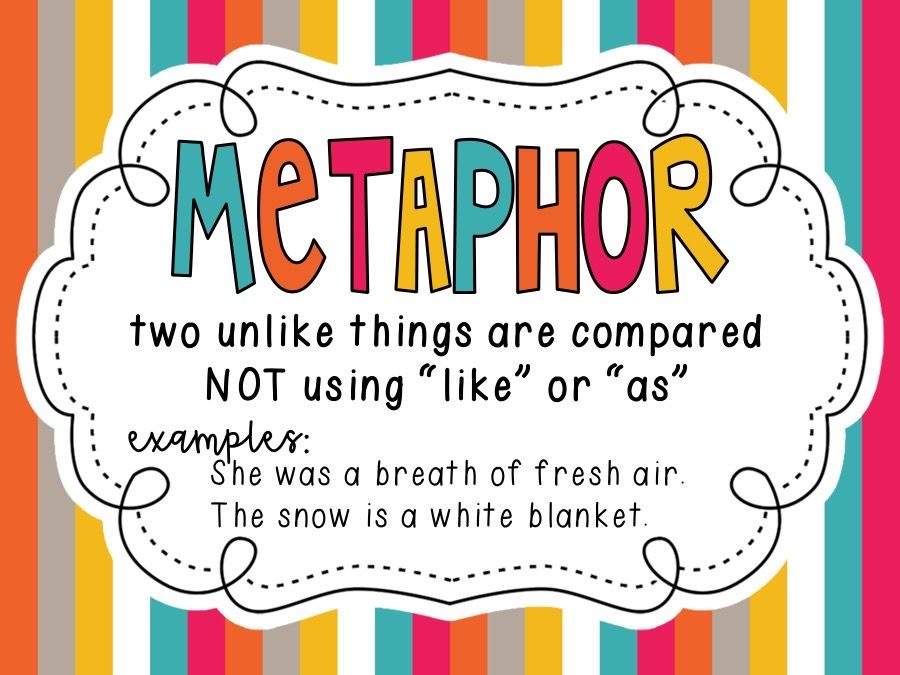
Simile
Uses the words “like” or “as” to make a comparison.

Hyperbole
Exaggerated statements or claims not meant to be taken literally
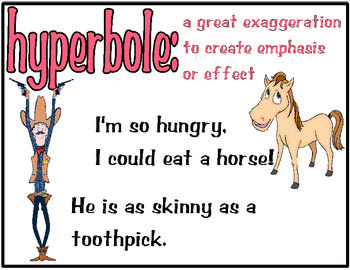
Idiom
A group of words established by usage as having a meaning not deducible from those of the k Dk ideal words.

Verbal irony
A comment that means the opposite of the situation.
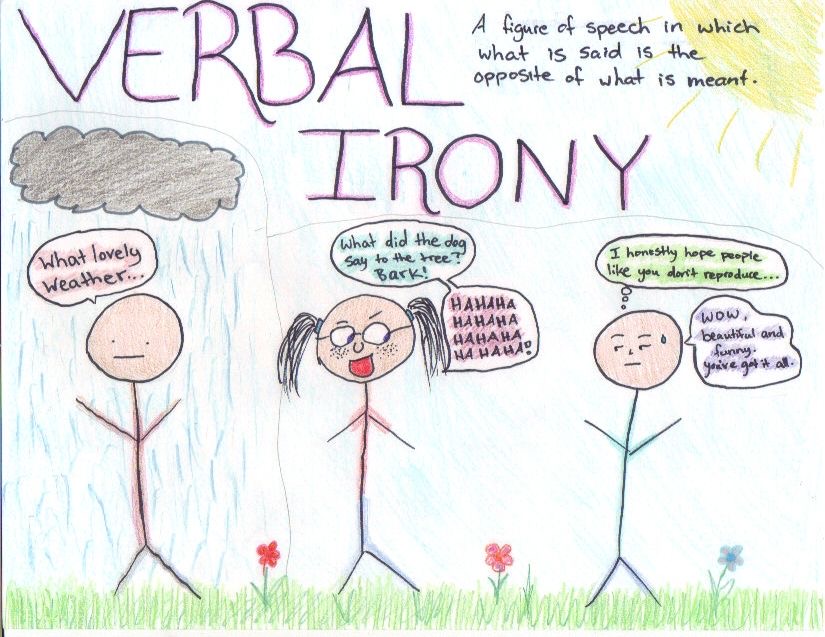
Dramatic irony
A situation that the audience understands the the characters do not.

Situational Irony
Situation in which the outcome is contrary to what is expected.

Personification
Giving human characteristics to something nonhuman
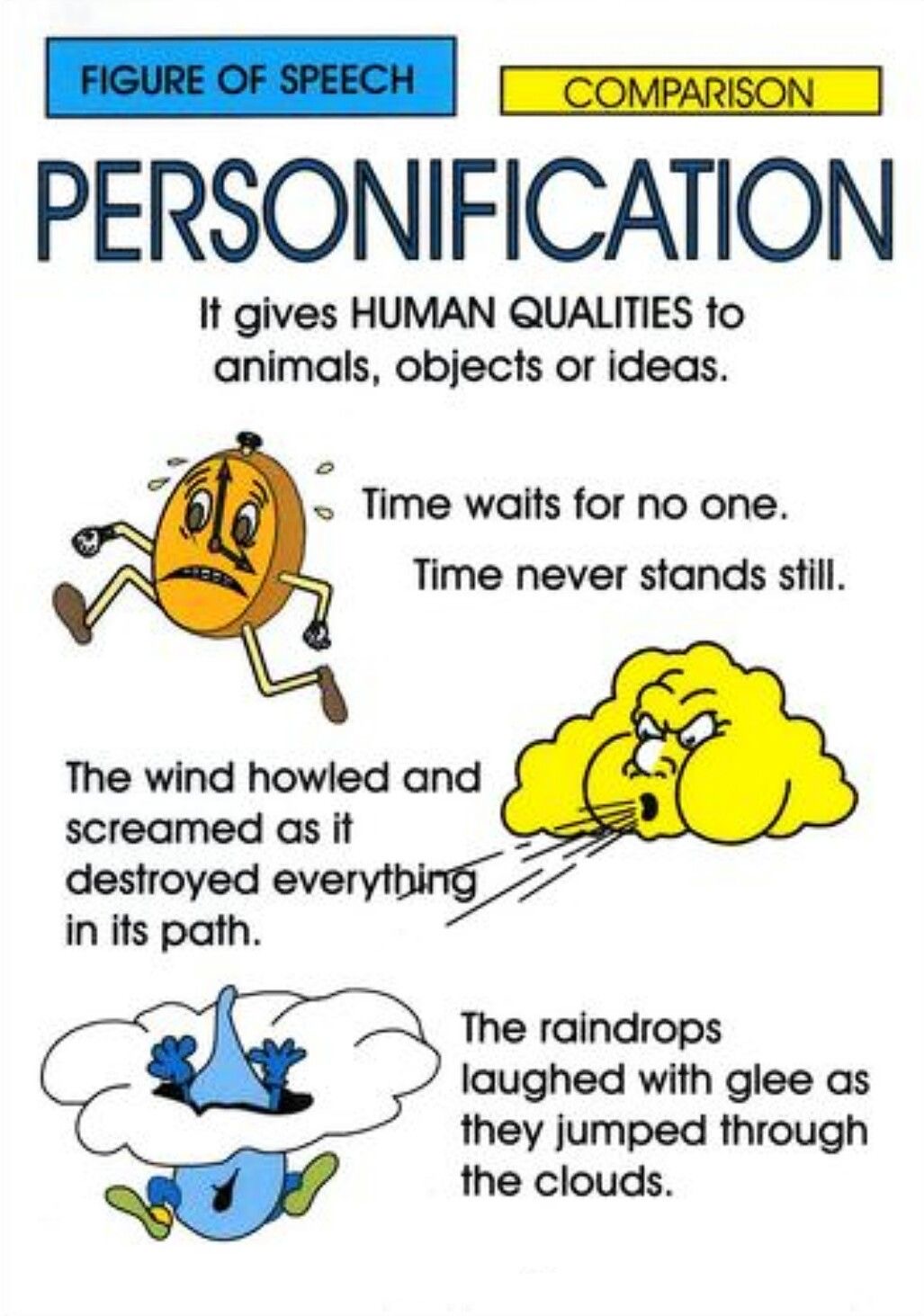
Onomatopoeia
A word that means a sound
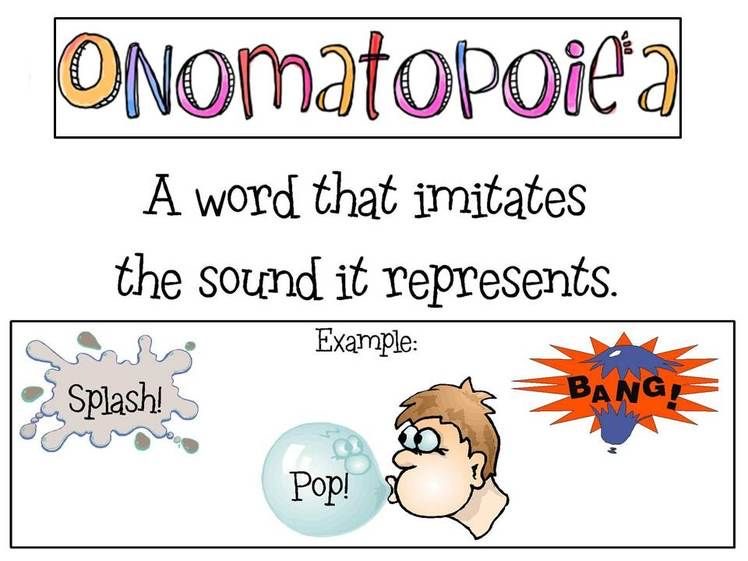
Pun
A joke using the different possible meanings of a word
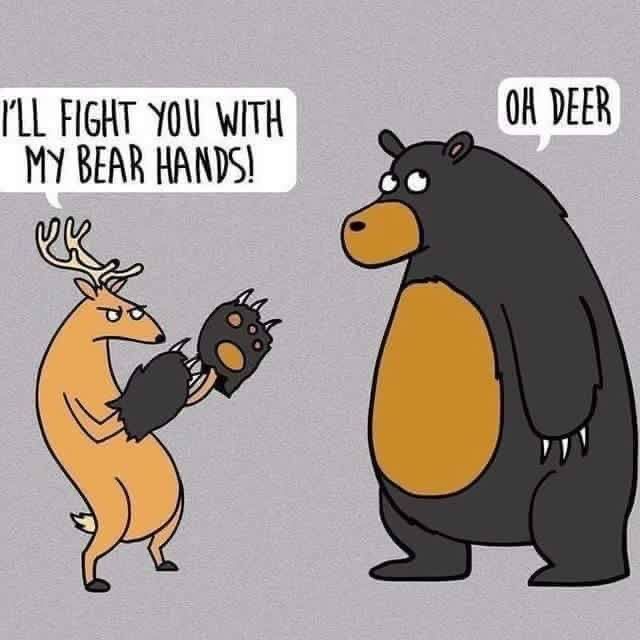
Symbolism
The use of symbols to represent ideas of qualities
Tone
The authors attitude e towards the audience, subject, or chatacter.
Shown through dialogue or descriptions.
Mood
The feeling the reader gets from a story
Shown through setting and atmosphere.
Direct characterization
The author straight up describes the characters traits.
Diane was a disturbed little woman.
Indirect characterization
The author shows the readers the traits without outright describing them
Diane punched a puppy
Foreshadowing
When the author hints and future events in a story to create dramatic effect
What is the order of the plot?
Exposition- characters get introduced
Rising action- main character faces a series of conflicts
Climax- most exciting part, when we learn the outcome
Falling action- events leading to the end of the story
Resolution- end of story
Allusion
A figure of speech that references a famous person, place, event, or literary work.
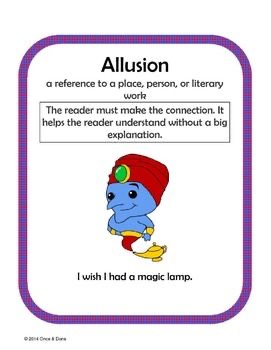
Theme
The moral of the story (one sentence long)